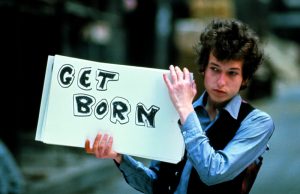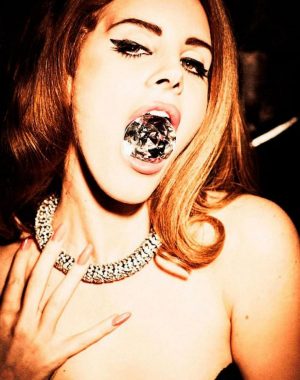Marilyn Monroe 1962
16 x 20 ”- Limited edition.
Numbered and signed on the print recto
About the shoot :
I first photographed Marilyn Monroe in 1960. I was 23 and not yet a very good photographer. By 1962, when Paris Match magazine asked me to shoot her again, I had won awards and was better – but I had a bigger ego, too.
She was filming what would be her last movie, Something’s Got to Give. I read the screenplay in advance, and discovered that in one scene she would jump into a swimming pool and then pretend to have no clothes on. I saw Marilyn before the shoot and she was upset that she was getting $100,000 for the movie while Elizabeth Taylor was getting more from the same studio. She said something like: “What would happen if I jumped in with a bathing suit on, and actually came out with nothing on?” Her press agent said: “You’re kidding.” She wasn’t. I was cocky in those days and said: “You’re already famous – now you’re going to make me famous.” “Photographers can always be replaced, Larry,” she said.
When she jumped into the water with her bathing suit on, I looked at her as if she were an athlete. My adrenaline was going. She was moving so quickly there wasn’t time to focus the camera, so I had to anticipate what she would do next. In a lot of my pictures of Marilyn, her body is always to one side, because I needed to have room for what she might do with the rest of the shot. This was always my favourite. I still get a little laugh inside me when I look at it.
When the shoot was over, I rang the magazine and it hit me: wow, she did it! I realised at the same moment how desperate she was. When she had nothing left, to prove that she could still get more publicity than anybody else, out came the birthday suit again.
Marilyn approved certain pictures, and they went all over the world. I had no ethical qualms about that; she could have changed her mind. But I had no sense of history and threw the rest away.
She was fired from the film and died several months later. I couldn’t believe it. I rushed to her house, then the mortuary and went into journalistic mode. I was there to capture events. A photographer owes it to history not to get emotionally involved. My 10-year-old daughter said of this picture, “It says everything but shows nothing.” Even a child could work out the innocence and desperation it captures.
About the artist
Schiller was born in 1936 in Brooklyn, and grew up outside of San Diego, California. After attending Pepperdine College in Los Angeles, he worked for Life magazine, Paris Match, The Sunday Times, Time, Newsweek, Stern, and The Saturday Evening Post as a photojournalist. He published his first book, LSD, in 1966. Since then he has published eleven books, including W. Eugene Smith’s Minamata and Norman Mailer’s Marilyn. He collaborated with Albert Goldman on Ladies and Gentleman, Lenny Bruce (in 1967 he edited and produced the Capitol Records audio documentary album “Why did Lenny Bruce die?”) [1] and with Norman Mailer on The Executioner’s Song and Oswald’s Tale. His own books that became national bestsellers and made the New York Times Bestseller list include American Tragedy, Perfect Murder, Perfect Town, Cape May Court House, and Into the Mirror. He has directed seven motion pictures and miniseries for television; The Executioner’s Song and Peter the Great won five Emmys. American Tragedy, Perfect Murder, Perfect Town and Into the Mirror were made into television mini-series for CBS, all of which Schiller produced and directed. In 2008, after the death of the writer Norman Mailer, he was named Senior Advisor to the Norman Mailer Estate and is the Managing Director of The Norman Mailer Center and Writers Colony, in New York, NY, which he created with Norris Mailer. Schiller was a close friend of Mailer and collaborator on five of his works, and represents the Norman Mailer Licensing company. Schiller serves as a consultant to political campaigns and major corporations on such issues as crisis management, branding, public imaging and the use of social networking. Schiller has been an on air analyst to NBC news, a consultant to TASCHEN Publshing, Annie Leibovitz Studio, Steven Klein Studio, The Alfred Wertheimer Estate, Mitsubishi Power Systems Americas and has written for The New Yorker, The Daily Beast and other publications.
In 2007, he exhibited his own photographs for the first time in the USA Marilyn Monroe and America in the 1960s and since then the exhibition has toured Beijing, China; Sofia, Bulgaria; Hong Kong; Salzburg, Austria; Berlin, Germany; Miami, Florida and London England.






